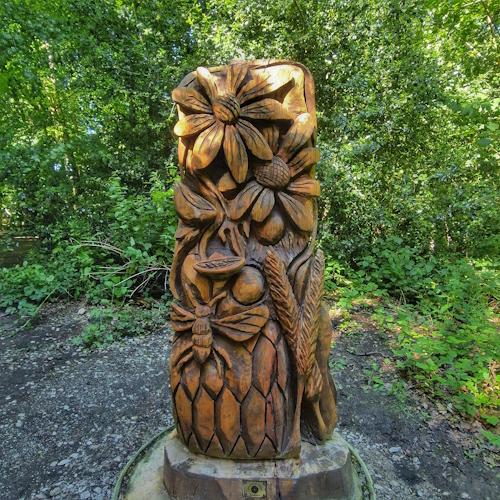Roundhay Park sculpture trail
The sculpture trail is a series of eight beautifully carved beech trees crafted by local artist Shane Green, who has been specialising in chainsaw carving for the past few years.
Inspired by walks in the park, Shane contacted the team about creating sculptures using trees which had been felled due to disease. 'I enjoy putting sculpture in public places to help inspire and educate people'. It was suggested that they form a sculpture trail directing visitors to the newly restored wildflower meadows.
Working in partnership with Leeds City Council Roundhay Park greenspaces, Shane designed and carved these amazing sculptures free of charge, 'This is my gift to the people of Leeds, as a celebration of nature'.
Find out more about Shane's work.
View a map of the sculpture trail (JPG, 3MB).
View the trail on Google maps.
Follow the trail
The Sculpture Trail starts at the entrance to Roundhay Park on Park Lane and leads down through Ram Wood to the wildflower meadow by the Castle Folly. Each piece represents the animals and wildlife you can discover in the park.
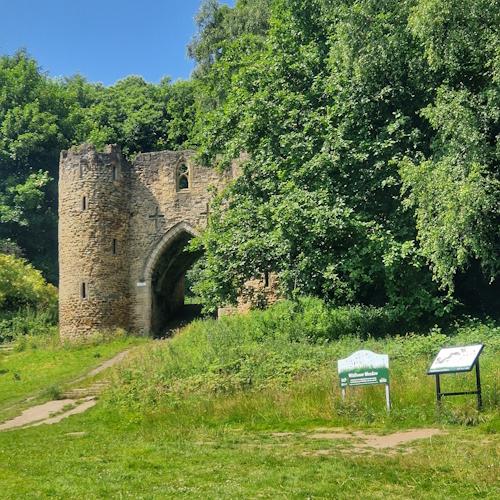
Bird and Fox
Red kites were re-introduced to Yorkshire in 1999 and are often seen flying over urban Leeds. They are a large reddish-brown bird, with white and black wings at a span of 175-195cm, and a distinctive V-shaped tail.
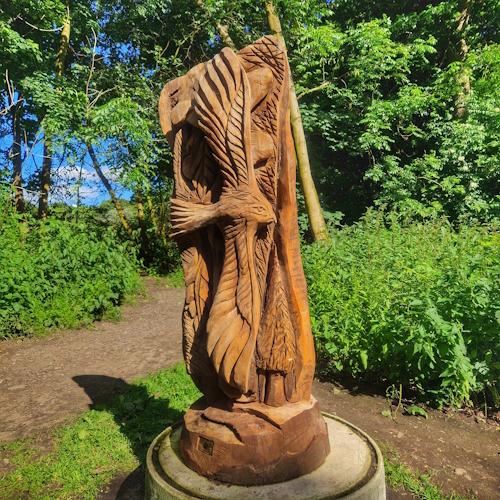
Foxes can be found living in both towns and woodland. They are most active at night when they go looking for food or somewhere to rest.
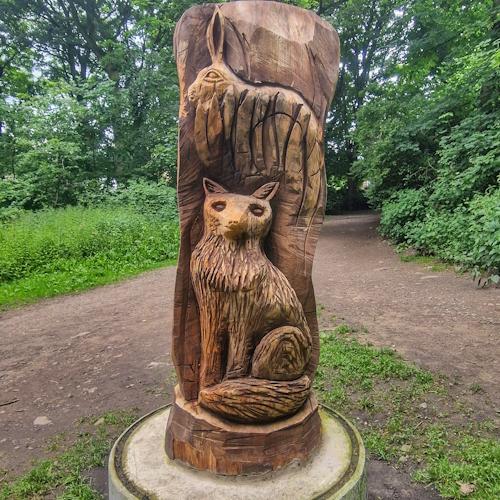
Deer and Acorn
The fallow deer is a medium size deer. It has a white rump with a black border shaped like a horseshoe and a long, black tail. They were brought to Britain by the Romans and are now the most common deer in England.
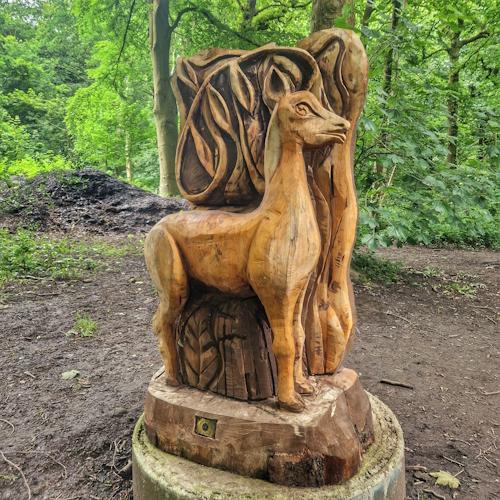
Acorns are a nutritious part of the fallow deer's diet, particularly in Autumn when they are building up fat reserves ready for winter.
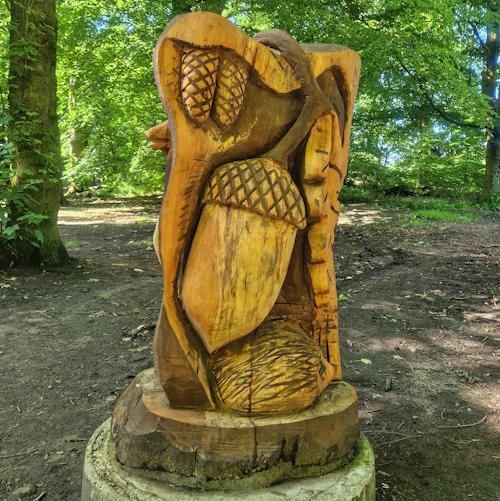
Badger and Robin
Badgers have black and white stripes and can be found in woods or open countryside across the UK. They live underground in a 'sett', which is a network of burrows and tunnels, and they emerge at night.
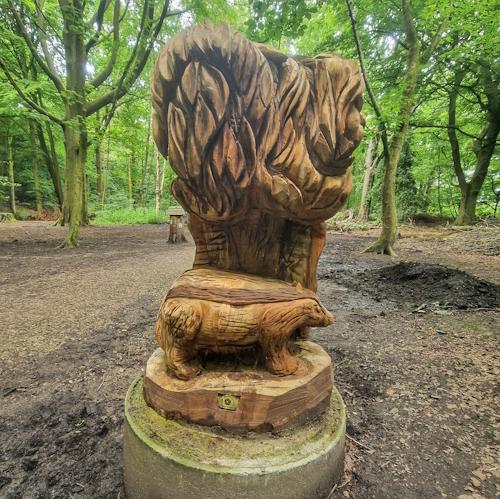
The robin is Britain's favourite garden bird and are found across the UK in woodland, parks and hedgerows. Young robins are brown and develop the red breast after their first feather moult.
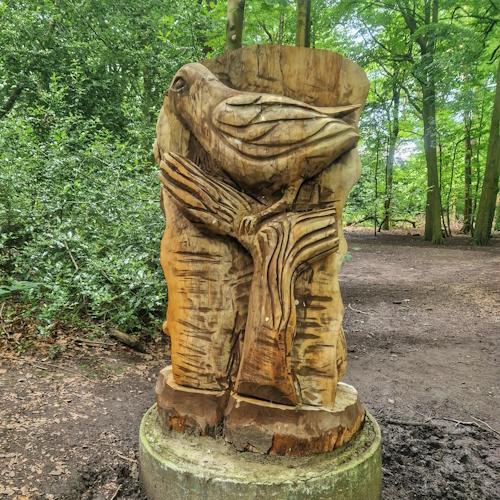
Heron and Fish
The heron is easy to recognise, standing at about one metre tall with its grey back, long legs, long white neck, bright yellow bill and black stripe of feathers down its neck. They can often be seen on the lakes at Roundhay Park.
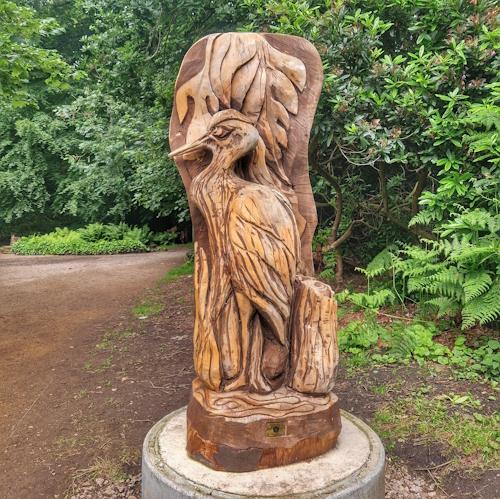
You can see people fishing most days around the edge of Waterloo Lake. It holds a large number of carp and pike, as well as roach, perch and bream and fishing is permitted in some areas.
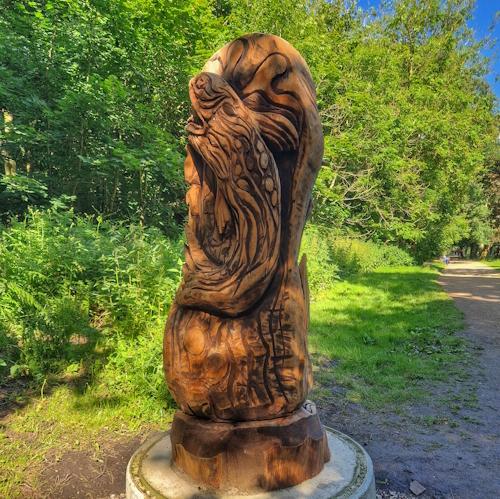
Swan and Dragonfly
Roundhay Park is home to hundreds of mute swans, with many breeding each year. Some of the swans stay here all year, while others move long distances and form winter flocks. The male is larger than the female and has a bigger bump on their bill.

The dragonfly has four long wings which let it hover in mid-air, fly in any direction and dive quickly to attack small insects. Their large eyes help them to search for their prey.
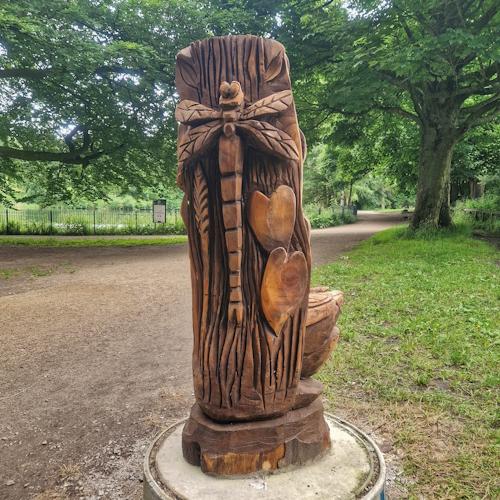
Owl and Squirrel
Tawny owls are known for their 'too-wit, too-woo' song that can be heard at night-time. Their eyes cannot move, but they are able to turn their head around so they can look behind them.
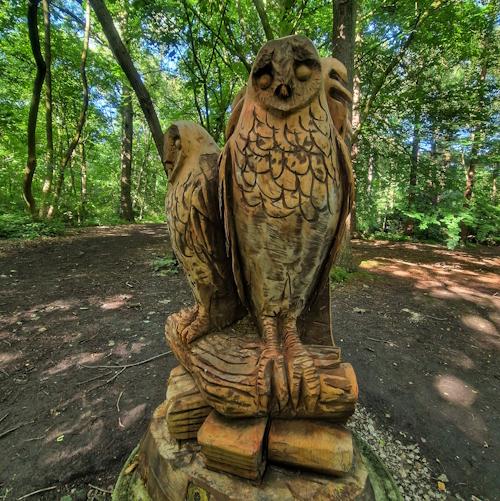
The grey squirrel has a silvery-grey coat, a brownish face and feet, a pale stomach and a bushy tail. They live in nests called a 'drey'. Squirrels collect food and bury it underground, preparing for the winter months.
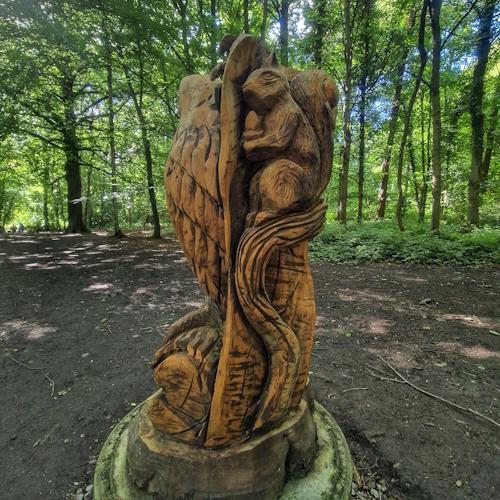
Butterflies
The UK is home to 59 different butterfly species which are a beautiful and important part of the UK's wildlife. Unfortunately, since 1945 the UK has lost 98% of its meadows. Take a look in our wildflower meadows and see how many butterflies you can spot!
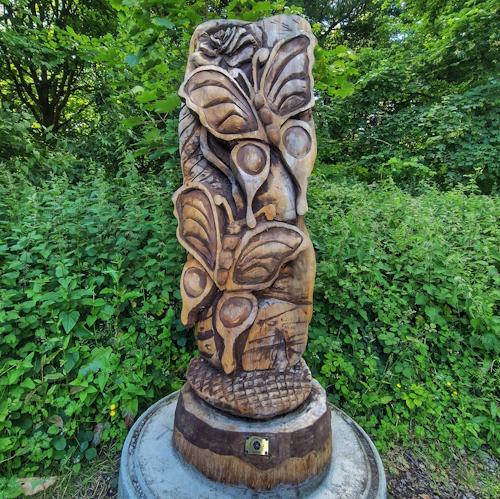
Wild meadow
The wildflower meadows in Roundhay Park are helping to restore a natural habitat for native butterflies. We have sown locally sourced seeds to introduce a diverse mix of wildflowers and grasses.
